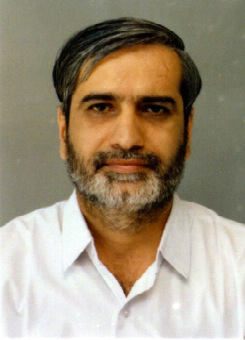 India has a tradition to treat the Union Budget as a big event of February every year. Citizens, at personal level, look forward to increase in income tax exemption limit whereas businesses, through their respective associations, submit what is called ‘pre-budget memorandum’, the format of which has largely remained unchanged since decades. One can find many of the textile trade associations’ suggestions/demands repeating every year, prominent among them being related to removal of hank yarn obligation, labour reforms, reduction in duties, etc.
India has a tradition to treat the Union Budget as a big event of February every year. Citizens, at personal level, look forward to increase in income tax exemption limit whereas businesses, through their respective associations, submit what is called ‘pre-budget memorandum’, the format of which has largely remained unchanged since decades. One can find many of the textile trade associations’ suggestions/demands repeating every year, prominent among them being related to removal of hank yarn obligation, labour reforms, reduction in duties, etc.
This year’s list of industry’s suggestions/demands includes :
1. continuation of optional Cenvat route till GST is implemented,
2. fixing lowest slab of GST for textile industry,
3. extending 3% interest subvention under IES scheme to boost cotton yarn exports,
4. reducing hank yarn obligation,
5. removal of reservation for handloom sector,
6. removal of draft notification on zero liquid discharge,
7. uniform pollution control norms across the nation,
8. concluding FTAs with countries like EU, China, Canada, Australia, etc.,
9. allowing import of second hand shuttleless looms under EPCG,
10. removing Central Excise Duty on shuttleless looms,
11. extending TUF benefit for modernizing spinning machines in the SSI sector,
12. considering favourably the blackout period and left out cases of TUFS,
13. including power plant in the eligible list of IPDS & SITP to make projects viable,
14. rescuing the financially stressed CETPs from closure,
15. raising import duty on PET from the existing 5% to 7.5%,
16. reducing the excise duty on MMF and yarns from existing 12.5% to 8%,
17. bringing down the import duty on Rayon Grade Wood Pulp (RGWP) to zero,
18. rationalising specific duty structure applicable to fabrics and garments,
19. extending the period of RMG sales return from the current 6 months to 1 year.
20. enabling cenvat credit of service tax by brand owners to job-workers.
There is no denying that the world economy is passing through a very critical phase. In view of the dominant role being played by China, all eyes are on the Chinese authorities who are expected to give some fiscal stimulus to kick start their sluggish economy. Market pundits feel that until that happens; we are just going to keep worrying about what is really going to happen.
The Indian scenario is far from satisfactory. Huge NPA’s, lack of investment due to slowdown in demand, rising unemployment and rising prices (cost of living) are some of the factors that are going to make FM’s job extremely difficult. As a result, we can only see some cosmetic make-over of the Budget this year without any major policy decisions. There is also speculation in the corridors of power in Delhi that the current FM may be replaced by a more aggressive person during the forthcoming cabinet reshuffle. Considering all these factors, nobody can disagree with Andrew Holland, CEO at Ambit Investment, who feels “Budget expectations are going to be muted in 2016.”
G.D. JASUJA
Managing Editor




